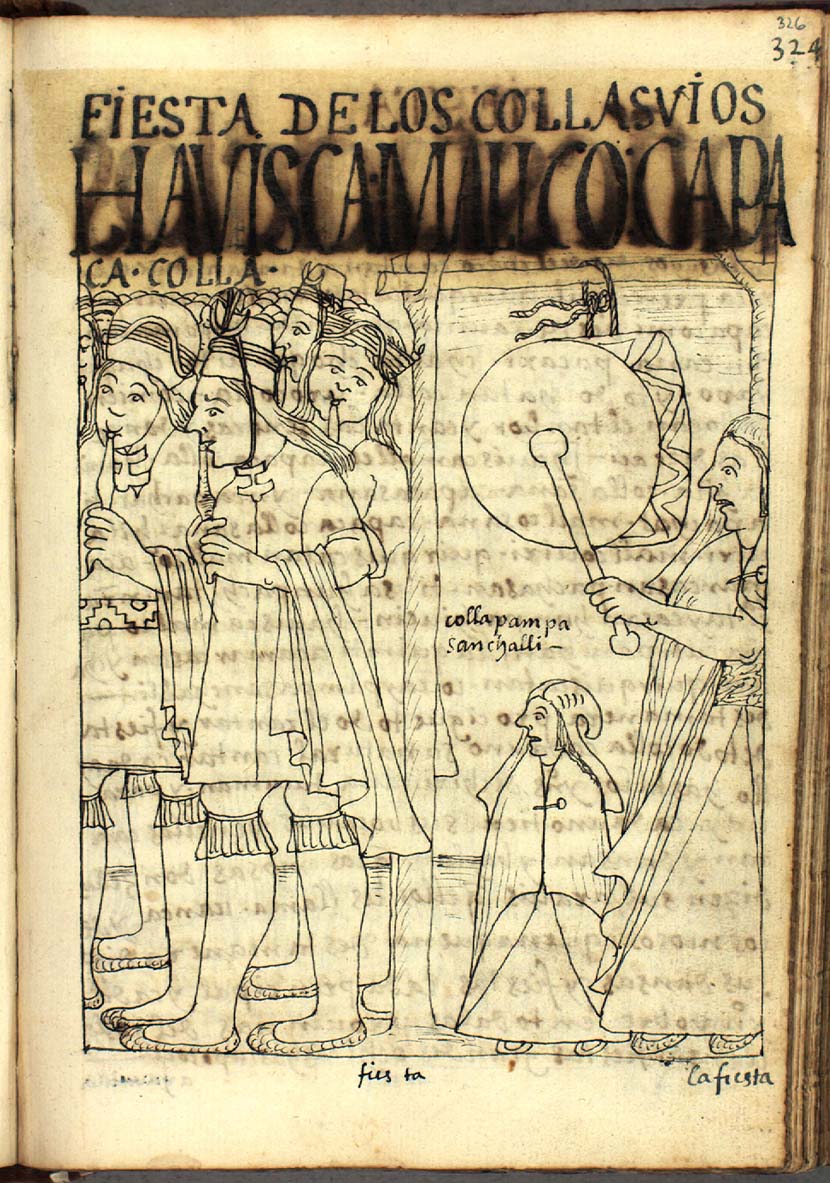Llama Llama on:
[Wikipedia]
[Google]
[Amazon]
 The Llama llama, also spelled Llamallama or Lama lama, was probably a dance with the characteristics of a
The Llama llama, also spelled Llamallama or Lama lama, was probably a dance with the characteristics of a
 The Llama llama, also spelled Llamallama or Lama lama, was probably a dance with the characteristics of a
The Llama llama, also spelled Llamallama or Lama lama, was probably a dance with the characteristics of a farce
Farce is a comedy that seeks to entertain an audience through situations that are highly exaggerated, extravagant, ridiculous, absurd, and improbable. Farce is also characterized by heavy use of physical comedy, physical humor; the use of delibe ...
or a disguise game with acrobatic
Acrobatics () is the performance of human feats of balance, agility, and motor coordination. Acrobatic skills are used in performing arts, sporting events, and martial arts. Extensive use of acrobatic skills are most often performed in acro ...
elements. It is believed that the name of the dance came from the Aymara language
Aymara (; also ) is an Aymaran languages, Aymaran language spoken by the Aymara people of the Bolivian Andes. It is one of only a handful of Indigenous languages of the Americas, Native American languages with over one million speakers.The other ...
, which was the name the Aymara people
The Aymara or Aimara (, ) people are an Indigenous people in the Andes and Altiplano regions of South America. Approximately 2.3 million Aymara live in northwest Argentina, Bolivia, Chile, and Peru. The ancestors of the Aymara lived in the reg ...
used to describe the Urus dressed as dancing demons.
There are references to this dance in the works of Diego González Holguín and Ludovico Bertonio
Ludovico Bertonio (1552 in Rocca Contrada – 3 August 1625 in Lima) was an Italian Jesuit missionary to South America.
Life
He entered the Society of Jesus in 1575. Sent to Peru six years later, he worked principally among the Aymara people, Aym ...
, Gonzáles Holguín compared this dance with the ''saynata'' and the ''siracusa'', with the meaning of a “laughter thing”. Later Bertonio establishes a difference with the other dances, saying that the llama llama or haachuco was the mask or little, Tiny, Short, Stubby, Boring devil.
This dance was performed during the Ito festivities by the representatives of the region known as Uruqulla ''(Urucolla)'', a sub-region of the south-eastern Qullasuyu
Qullasuyu ( Quechua and Aymara spelling, ; ''Collasuyu, Kholla Suyu''; ) was the southeastern provincial region of the Inca Empire. Qullasuyu is the region of the Qulla and related specifically to the native Qulla Quechuas who primarily resided ...
located in the lake system of the Department of Oruro between the basins of the lakes Poopó and Coipasa, where the Uru civilization had the city of Oruro as their main social centre, becoming together with Nazca
Nazca (; sometimes spelled Nasca; possibly from ) is a city and system of valleys on the southern coast of Peru. The city of Nazca is the largest in the Nazca Province. The name is derived from the Nazca culture, which flourished in the area be ...
and Wari one of the most ancient cities in the Andean world
The Andean world (Spanish: ''mundo andino''), Andean cultural area (Spanish: ''área cultural andina'') or Andean America (Spanish: ''andinoamérica'') is a cultural area in existence since pre-Columbian times located in the central region of the ...
.
Notes
Bolivian dances Indigenous dances of South America {{Folk-dance-stub